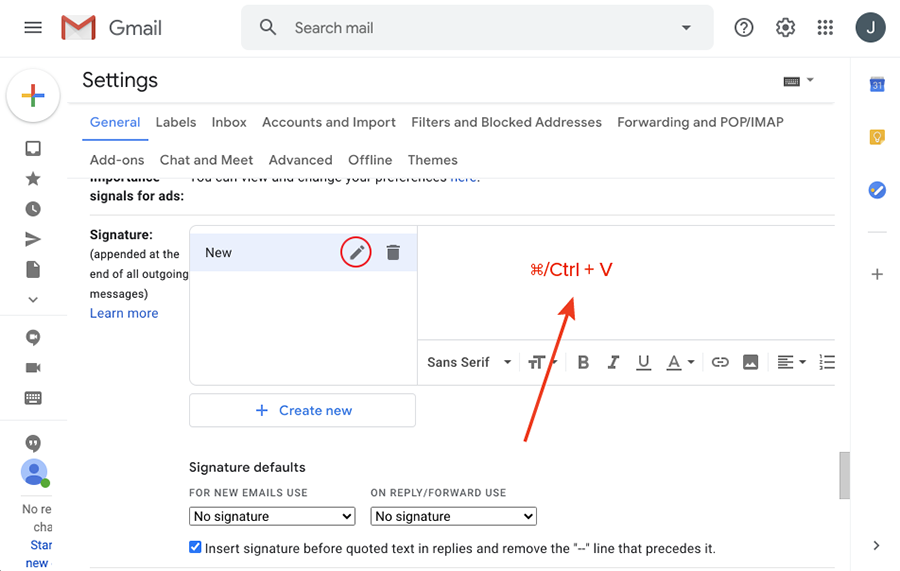


I then write my name on the first line, my title on the following line, then a logo of the company or companies I work or write for on the third line. I like to preface my signature with two dashes, which separates it neatly from the rest of the email. Now just type what you want your signature to be into the “body” part of the email (the area where you’d normally type your email message). The name you chose for your signature will then appear in the “Subject” line of your email.ĥ. Next, go to Canned responses in your New Message window again, and click the name of your signature under the “Insert” subheader. Type a name that you’ll remember for your signature into the text box that appears, then click OK.Ĥ. Next, click the small arrow in the bottom right corner of the New Message window -> Canned Responses -> New canned response.ģ. Click “Compose” in Gmail as if you were writing a new email.Ģ. You now have Canned Responses enabled, so it’s time to create your signature(s).ġ.

Canned Responses should appear under “Available Labs.” (Ignore the part where it says it’s for lazy people – we’re using it for something way more productive than auto-replies!) Click “Enable,” then “Save Changes.”

In the “Search for a lab” box, type canned responses then hit Enter. In your Gmail inbox, click the cog icon at the top right, Settings, then click the Labs tab.Ģ. Here, I’ll show you how to use the “Canned Responses” tool to create multiple signatures and be able to easily choose which one you want to use (if any) each time you send an email.įirst, you’ll need to enable Canned Responses in Gmail Labs (where you’ll find all kinds of wonderful Gmail add-ons).ġ. But the options here are limited, as it’s quite restrictive in terms of positioning the signature before or after quoted text, and you need to go to Settings each time you want to toggle it on or off. It’s fairly simple to add a signature in Gmail: just go to Settings in Gmail, scroll down to Signature, and type one in.


 0 kommentar(er)
0 kommentar(er)
